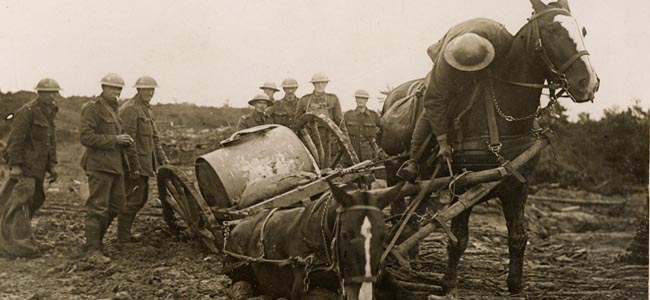
He also met another local resident, Captain Budgett, who had ridden in the cavalry during the First World War.Ī third villager, Albert Weeks, recalled how the Army had come to the village to buy horses from ordinary people. War veteran Wilfred Ellis drank in their local pub and had many fascinating tales to tell of what life had been like for the horses and riders of the Devon Yeomanry.

Morpurgo married his wife Claire and they settled in the village of Iddesleigh in Devon.

He was inspired to write it after meeting real-life First World War veterans and hearing their stories. Morpurgo’s most famous novel to date is War Horse, written in 1982. He went on to write some of the best-sellers of the modern era, winning a host of literary awards, including the Whitbread Children’s Book Award, the Nestlé Smarties Book Prize Gold Award and the Blue Peter Book of the Year Award, to name but a few. His first published book was It Never Rained: Five Stories in 1974. He later said he could see there was “magic” in it for the children, making him realise he found it magical too. Morpurgo discovered his vocation was writing while teaching in Kent.

Hughes became his neighbour, friend and mentor. He began writing after feeling inspired by the works of English poet Ted Hughes and American novelists Paul Gallico and Ernest Hemingway. Rather than taking a position in the military, he pursued a career as a teacher, teaching at schools in Kent and Cambridge. He wanted to write a book from the horses’ point of view and it became a bestseller that was made into a stage play and a film.īorn in 1943 in St Albans, Hertfordshire, Morpurgo graduated from King’s College London and then attended Sandhurst Royal Military Academy. Morpurgo was inspired to write War Horse after meeting veterans of the Great War, who remembered the suffering of the horses. The First World War was the final time cavalry charges were used as a viable form of attack, since advances in mechanised machinery led to more modern tactics after the final cavalry charge of 1918 on the Western Front. Although the equine hero of War Horse is fictional, his story is based on the true horrors experienced by the eight million horses who died on all sides. Would you like to learn more about Warrior? Be sure to purchase Warrior: The Amazing Story of a Real War Horse here.English author Michael Morpurgo’s famous novel, War Horse, tells the story of the important role that horses played during the Great War. In 2014, Warrior was posthumously awarded the PDSA Dickin medal. The legendary horse passed away at the age of 33. It’s clear how high the odds stacked against Warrior were, but his temperament under pressure proved to overcome all obstacles.Īfter the war, Warrior went back to the Isle of Wight with Jack Seely, and lived a long and peaceful life. Eight million horses and mules that served in the First World War did not survive.

He was known as unflappable, inspiring, and brave. Stories have been passed down through generations about Warrior. There he survived all imaginable disasters, was active in many famous battles including those at the Somme and Ypres and he came back four years later.” – Warrior War Horse. “Foaled on the Isle of Wight in 1908, Warrior went to war on the Western Front with Winston Churchill’s great friend, General Jack Seely, in 1914. Another story that needs to be recognized is about a brave horse named Warrior who served during World War 1. One of the most popular stories I’ve ever written for COWGIRL Magazine was about Mare Sergeant Reckless, an extraordinary horse who served during the Korean War.


 0 kommentar(er)
0 kommentar(er)
